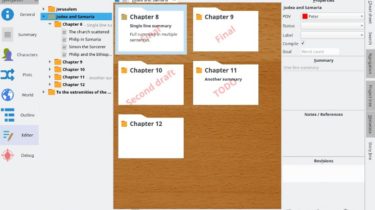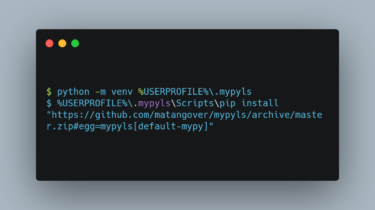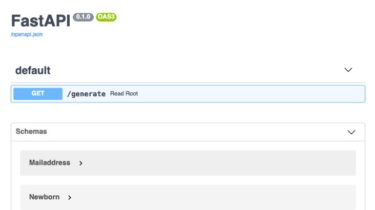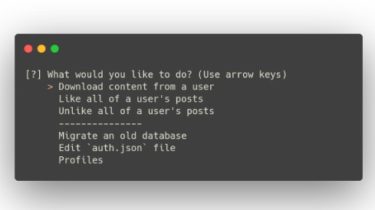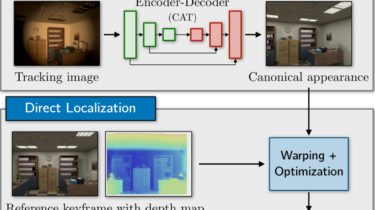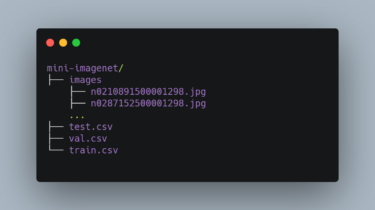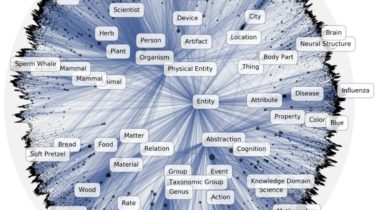An open-source tool for writers build with python
Manuskript Manuskript is an open-source tool for writers. Manuskript runs on GNU/Linux, Mac OS X, and Windows. Features Manuskript provides a rich environment to help writers create theirfirst draft and then further refine and edit their masterpiece.With Manuskript you can: GitHub https://github.com/olivierkes/manuskript
Read more